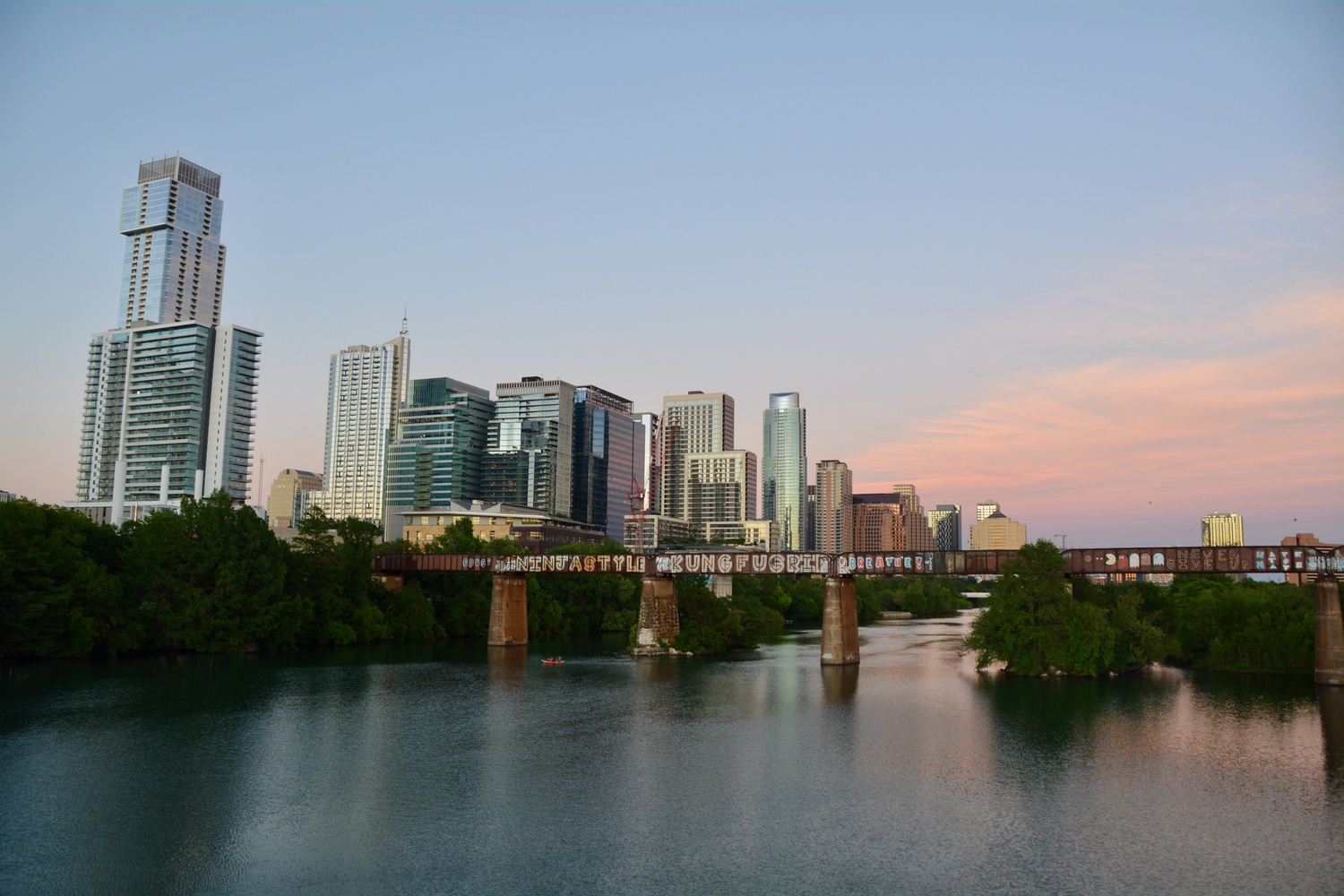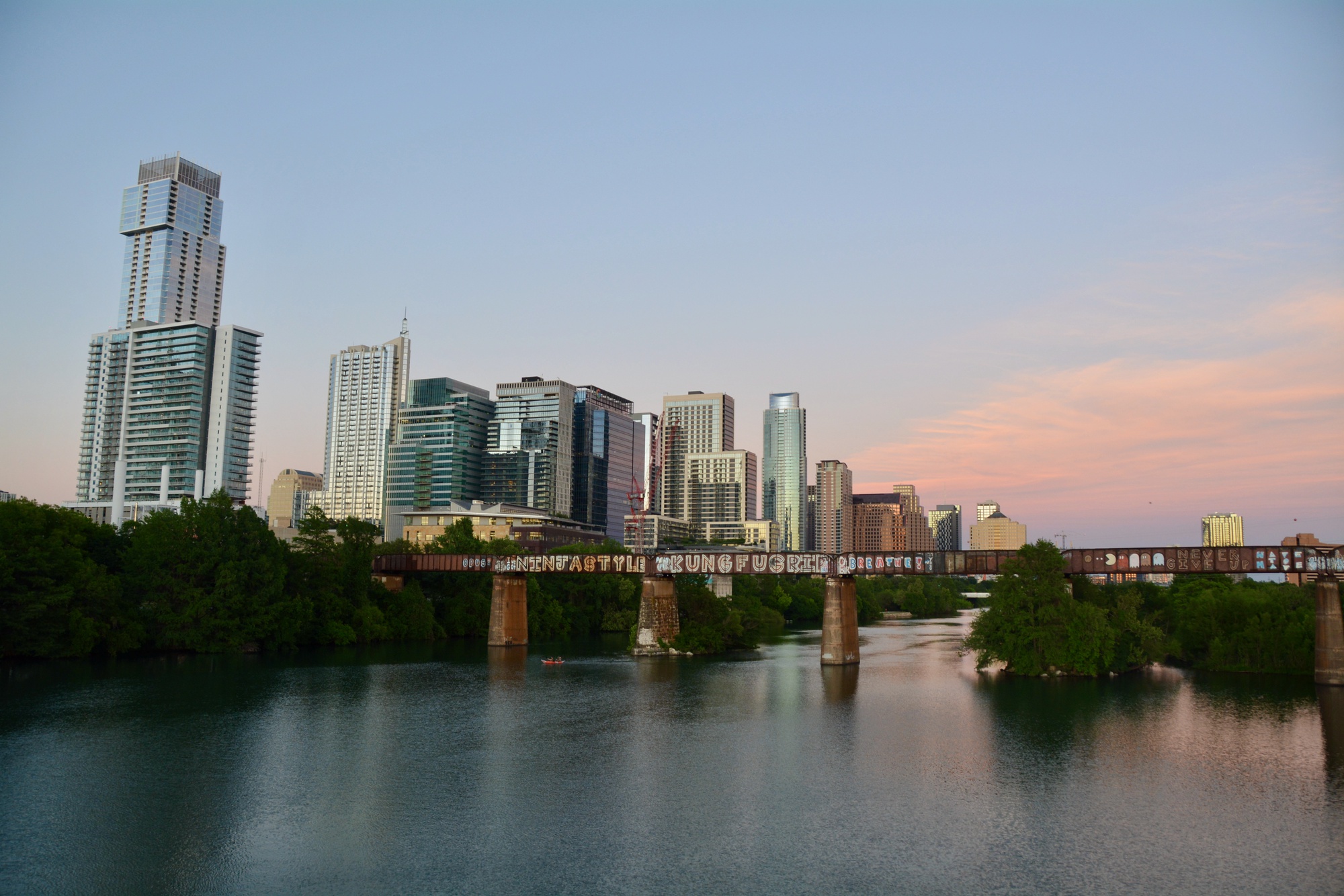
In Photos: Austin, TX in April
By Jenny M. LuThe ongoing COVID-19 pandemic, caused by severe acute respiratory syndrome coronavirus 2 (SARS-CoV-2), has reached more than 188 countries and territories. As of June 21, 2020, more than 2.32 million cases and 122,000 deaths have been reported in the United States, with more than 111,000 cases and almost 2,000 deaths in the state of Texas.
On March 24, 2020, Austin issued its first of a series of “Stay Home, Work Safe” orders, including social distancing and face-covering requirements. On March 30, Texas Governor Greg W. Abbott issued a de facto state-wide stay-at-home order, instructing residents to minimize social gatherings, practice social distancing, and limit non-essential activities. On May 1, Texas became one of the first states to relax its statewide coronavirus restrictions, allowing some businesses, including restaurants and retail stores, to reopen to 25 percent capacity. Photojournalist Jenny M. Lu visited several spots in Austin in the week leading up to Texas’ reopening.
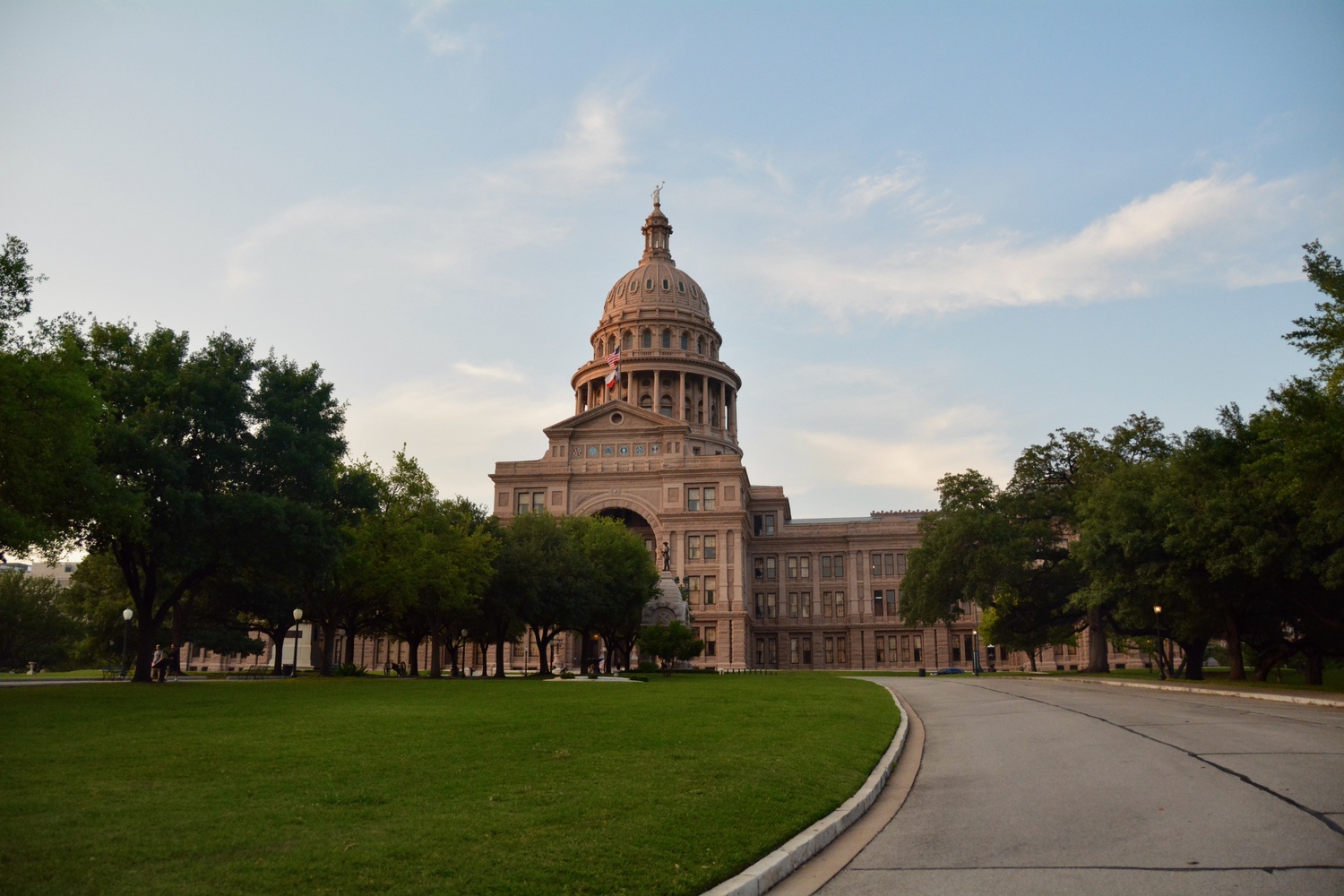
The Texas State Capitol, the seat of government of Texas, is located in the heart of downtown Austin. In response to COVID-19, the Capitol was closed to the public on March 18. Typically populated by visitors, elected officials, and other staff, the Capitol remained empty in late April. Although Abbott announced that museums could open as part of the state reopening that started May 1, the Capitol will stay closed to visitors.

The Paramount Theatre, a historic live and movie theatre venue, placed all performances on hold through June as an effort to slow the spread of the coronavirus outbreak. An uplifting message, written across its marquee, encouraged the Austin community to help each other through challenging times and situations.
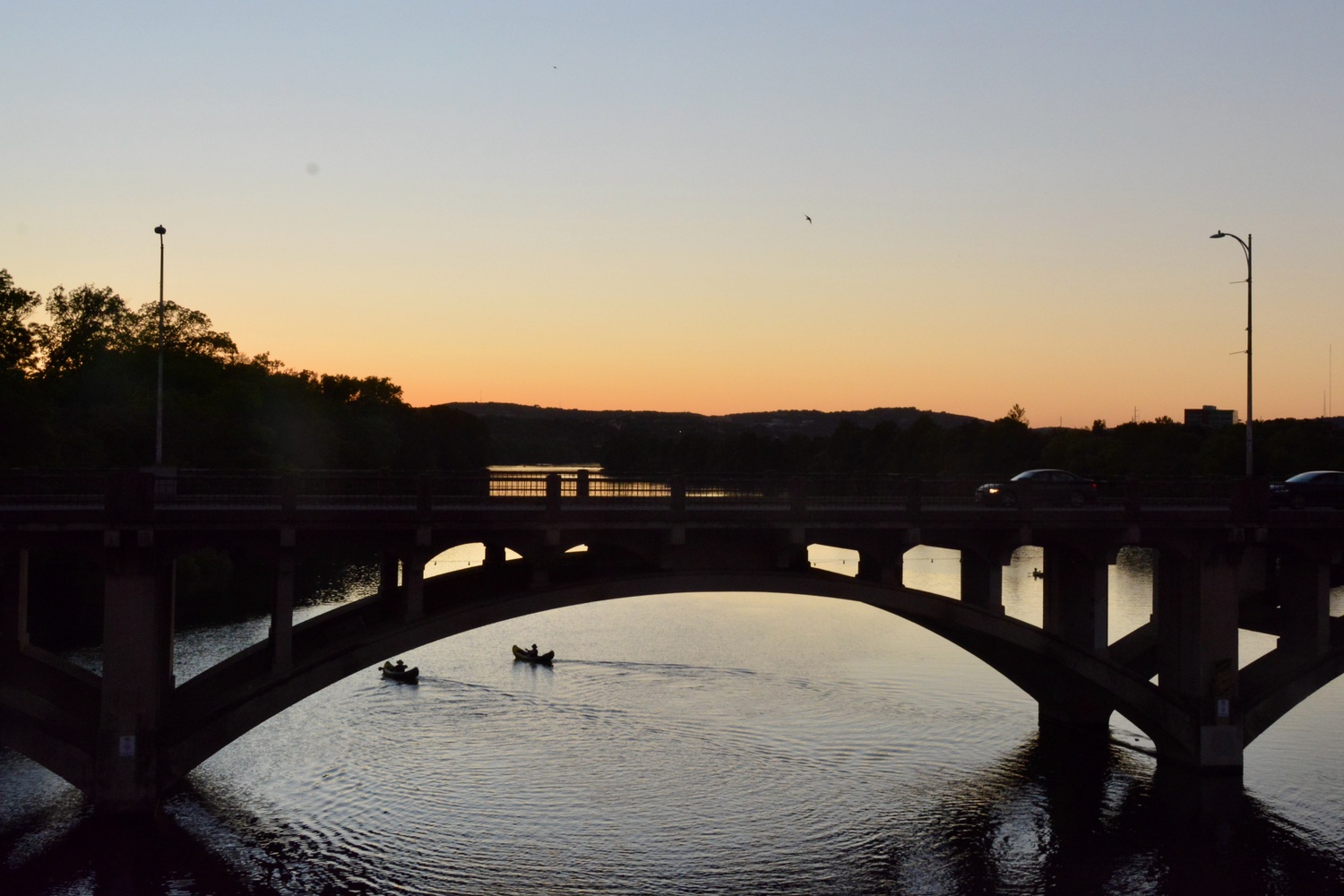
In Austin’s warmer months like April, there are typically many kayaks, canoes, paddleboards, bat watching tours, and personal boats on Lady Bird Lake, yet few were seen due to social distancing guidelines and coronavirus restrictions.
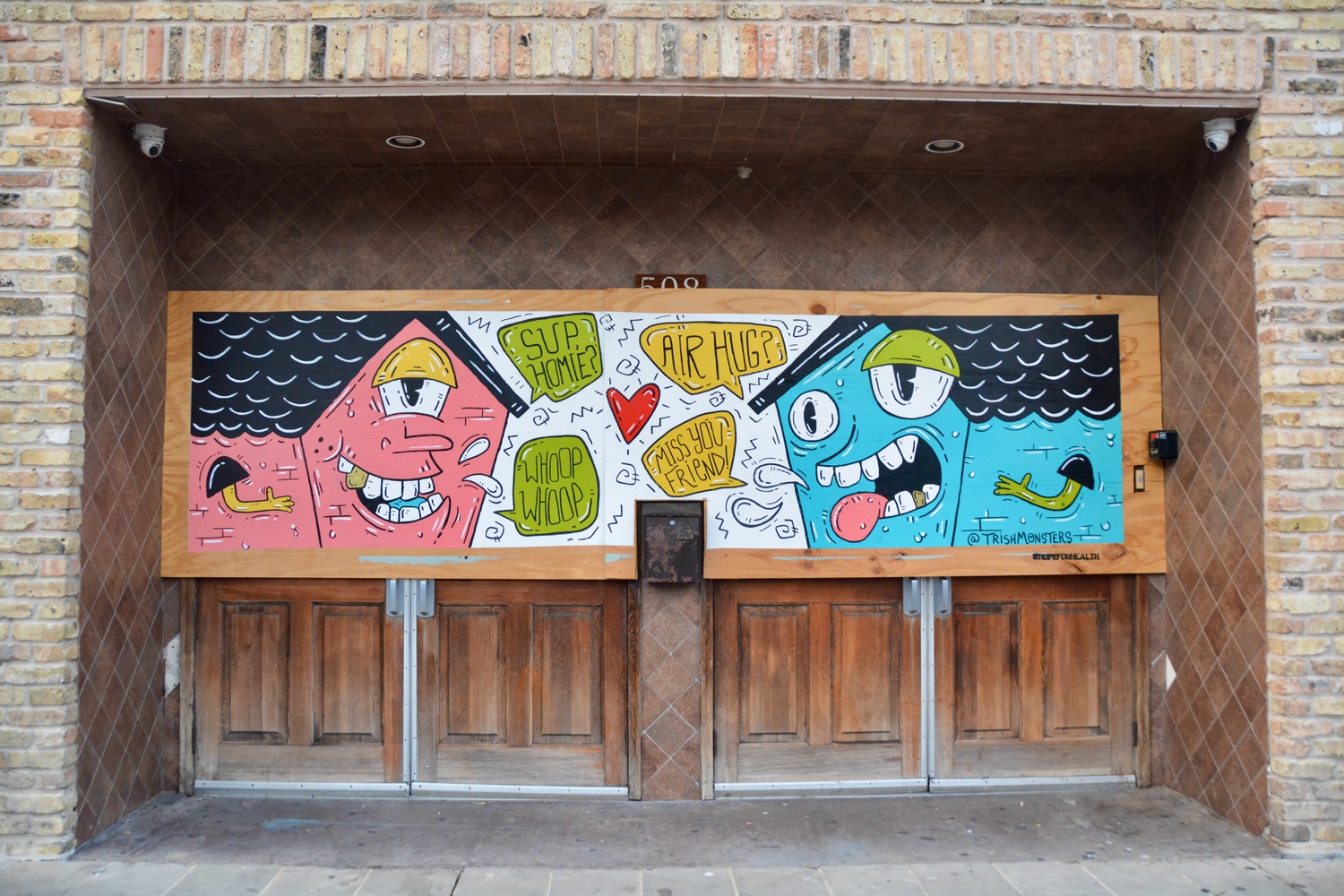
Owners of businesses on Sixth Street, a historic street famous for its nightlife and entertainment, closed their bars and shops in response to the state restrictions to fight the pandemic. A local nonprofit named HOPE (Helping Other People Everywhere) launched HOPE for Health, a campaign to support local artists and businesses impacted by COVID-19. “Monster Homies” by Trish Monsters, one of several art installations commissioned by HOPE, adds a splash of color to the boarded-up doors of a bar on Sixth Street.
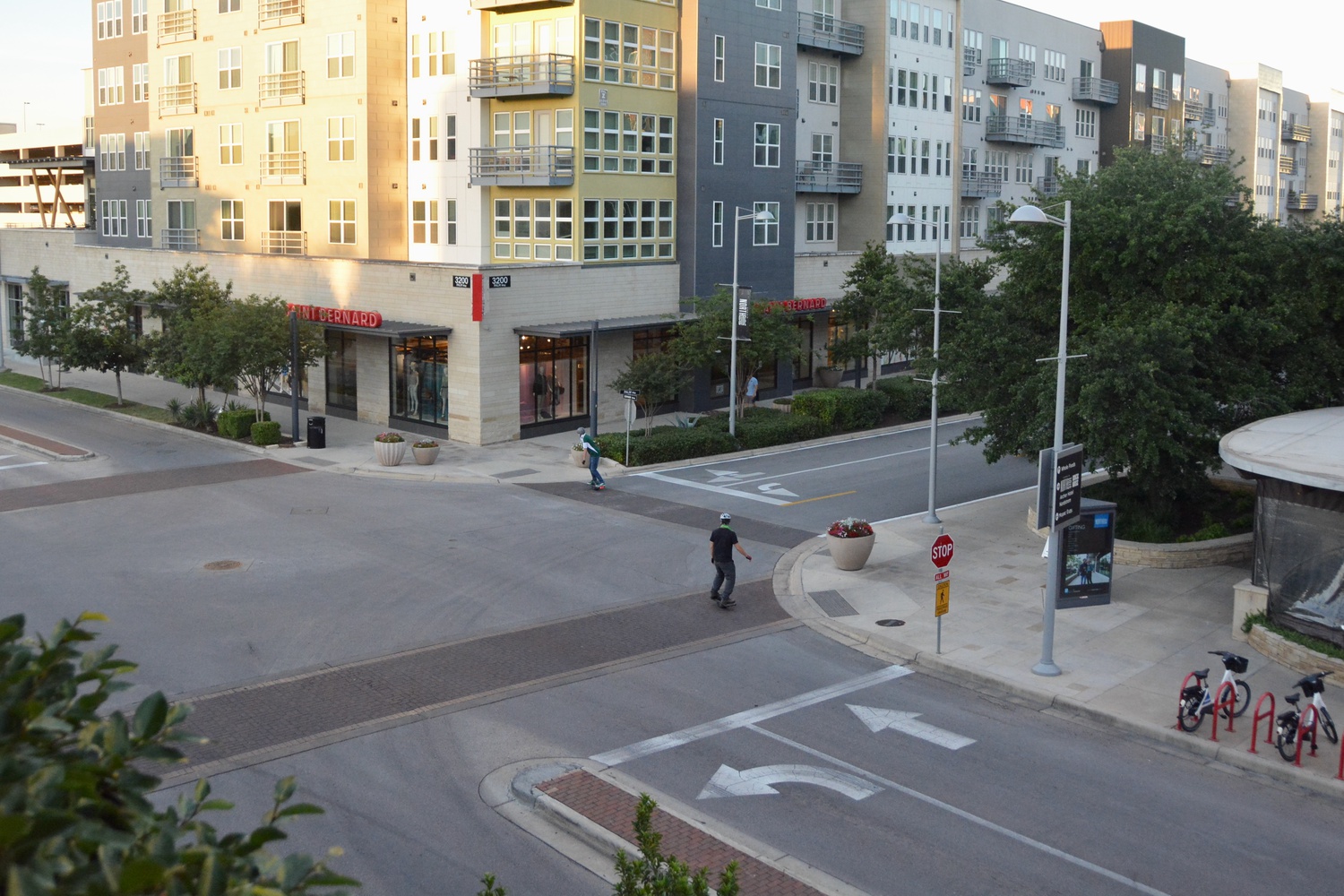
On a Wednesday evening in late April, except for two roamers on Onewheels, the streets were barren in The Domain, a popular north Austin office, retail, and residential center, usually crowded with people in the evening.
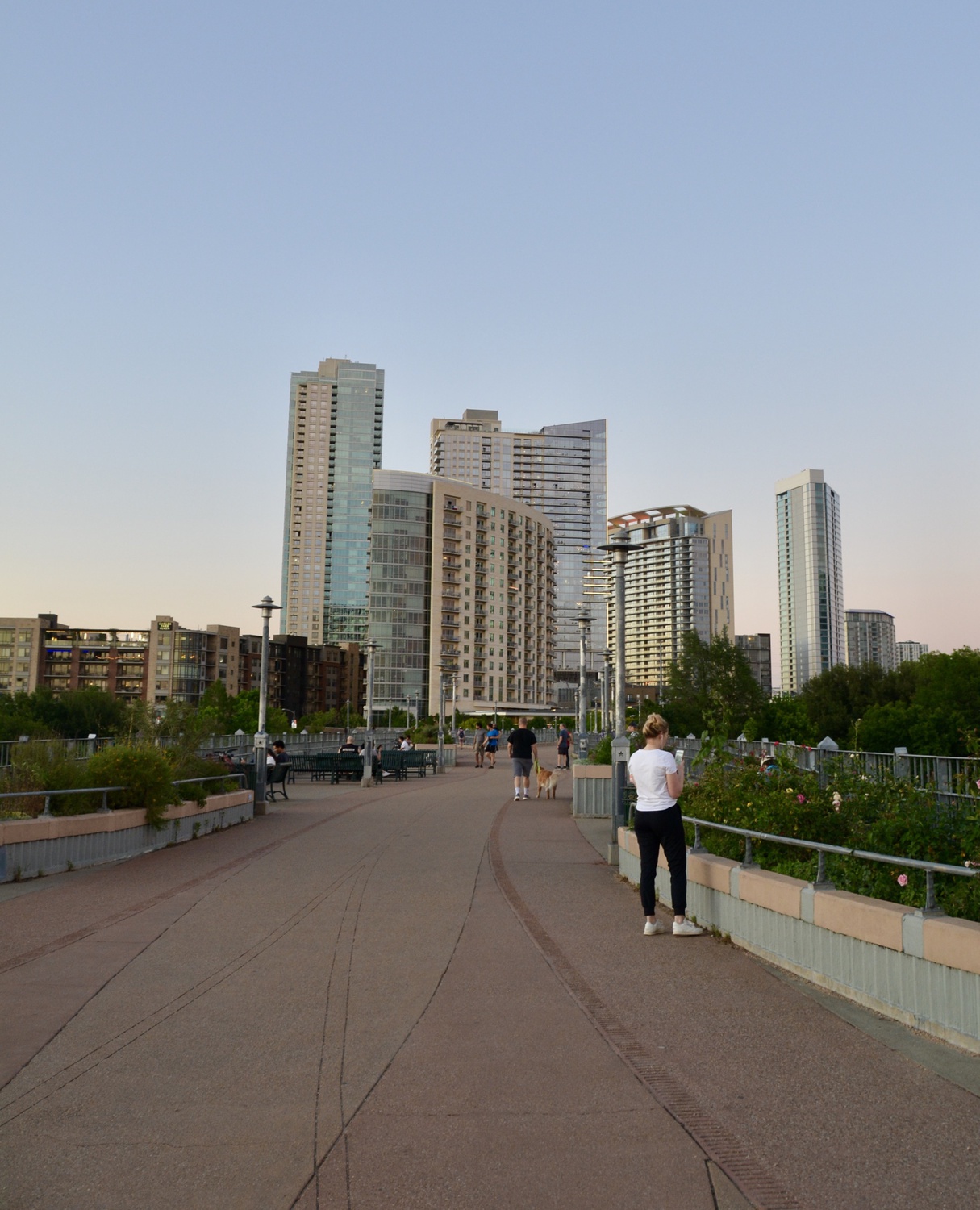
The Ann and Roy Butler Hike and Bike Trail that goes around Lady Bird Lake remained popular, especially as gyms closed, during the pandemic restrictions. While the city’s restrictions specifically allowed for outdoor exercise, it was difficult to practice social distancing in the more congested areas of the trail.
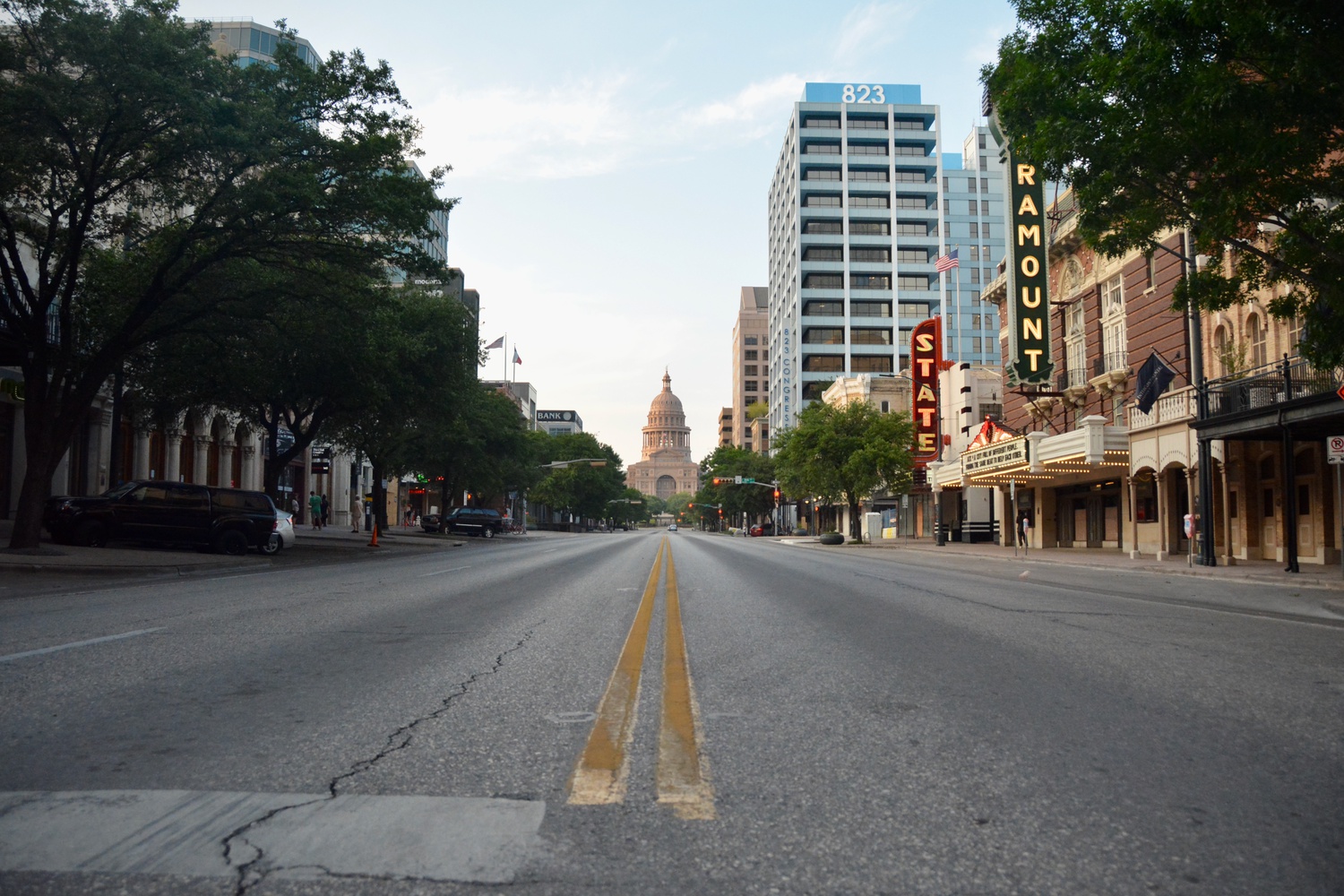
Congress Avenue, stretching from south Austin directly to the Texas State Capitol in the heart of Downtown, sits empty on a Tuesday evening in late April.
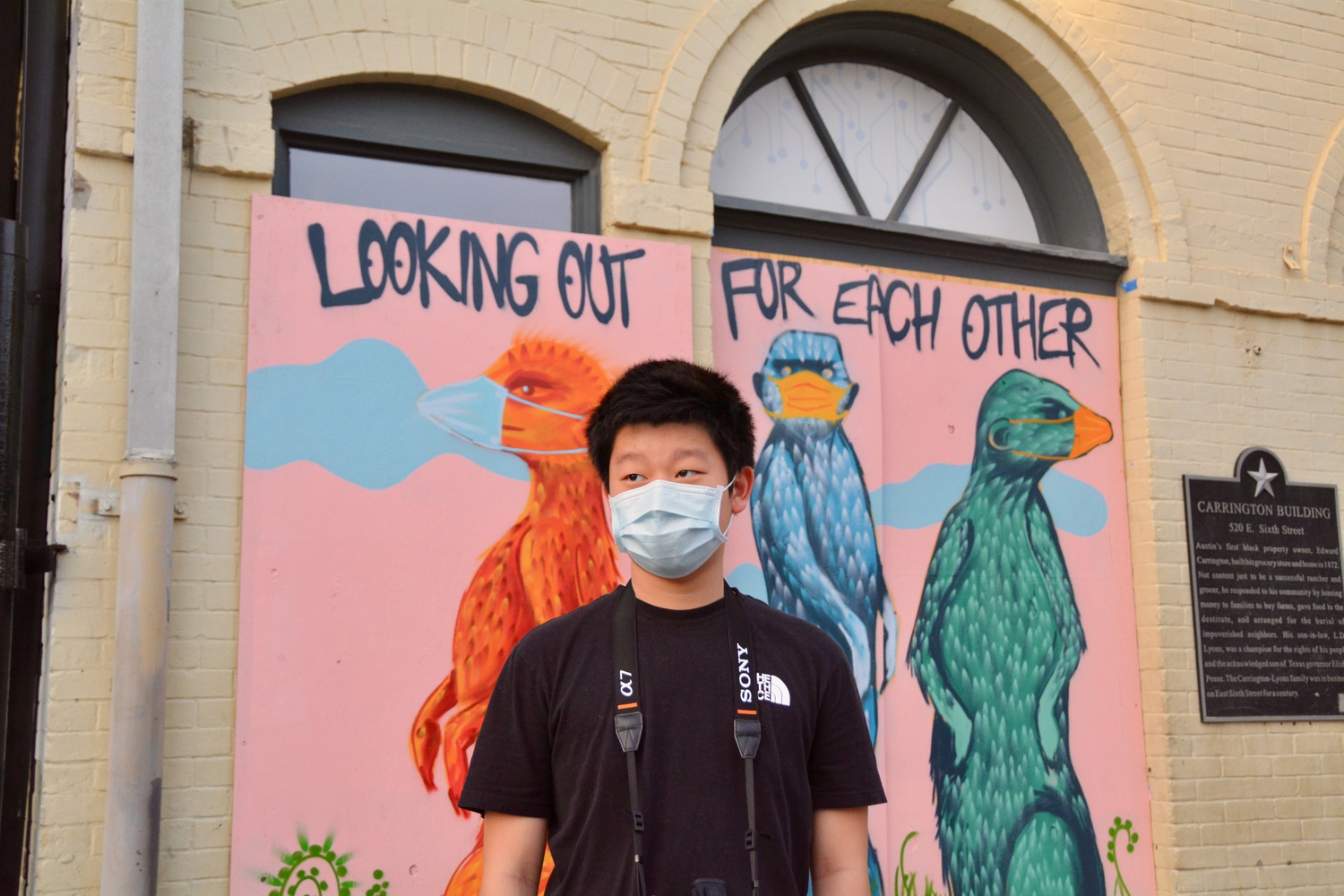
Anthony Lu wore a face mask in public, as mandated by the city, matching the creatures painted on the historic Carrington Building behind him. The bright mural by Mother Marfa, Jomau, and Bunce was also created for the HOPE for Health campaign and shared the messages, “Help your neighbor” and “Looking out for each other.”
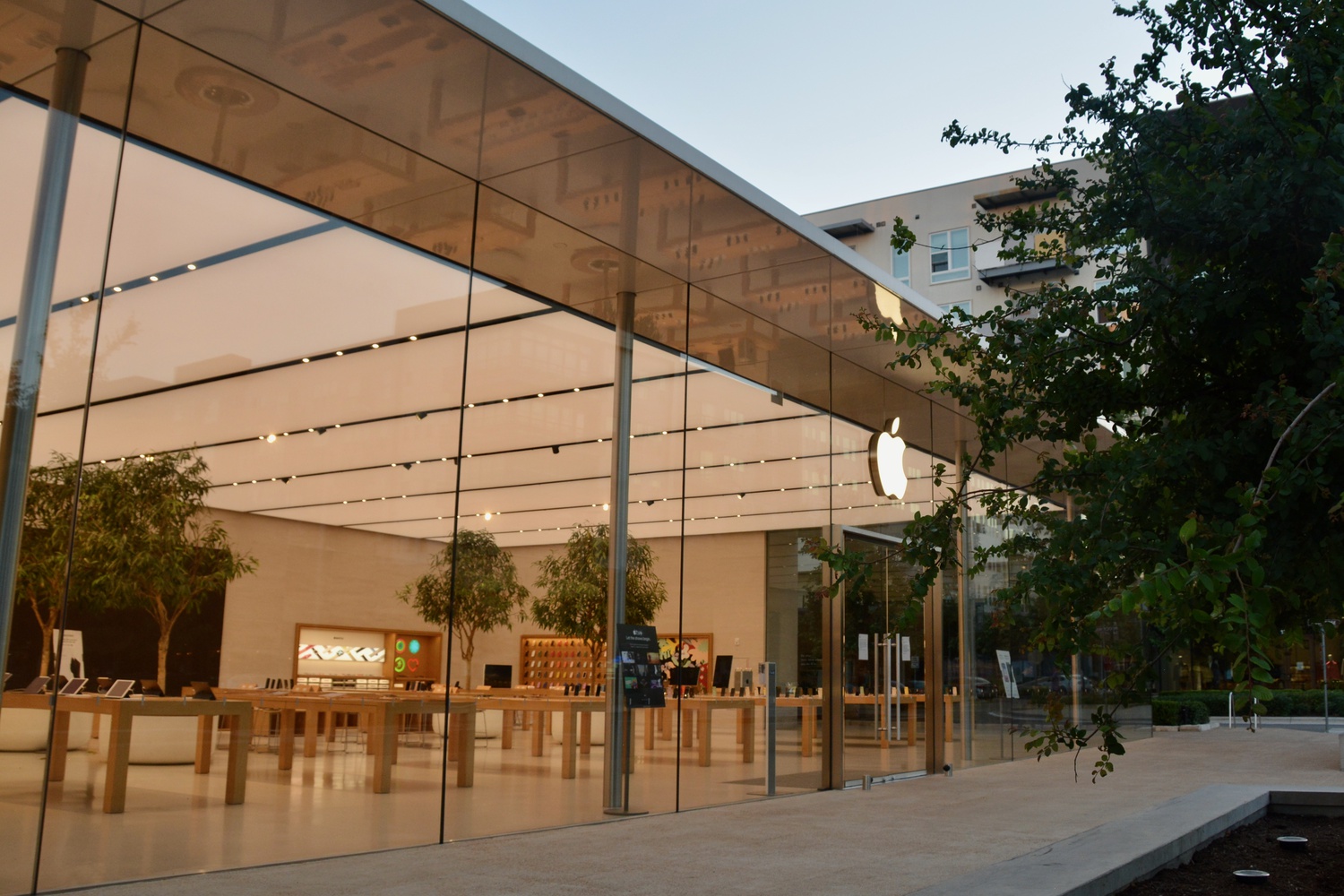
The Apple Store in The Domain is typically crowded, but stood empty, with all the lights still on.
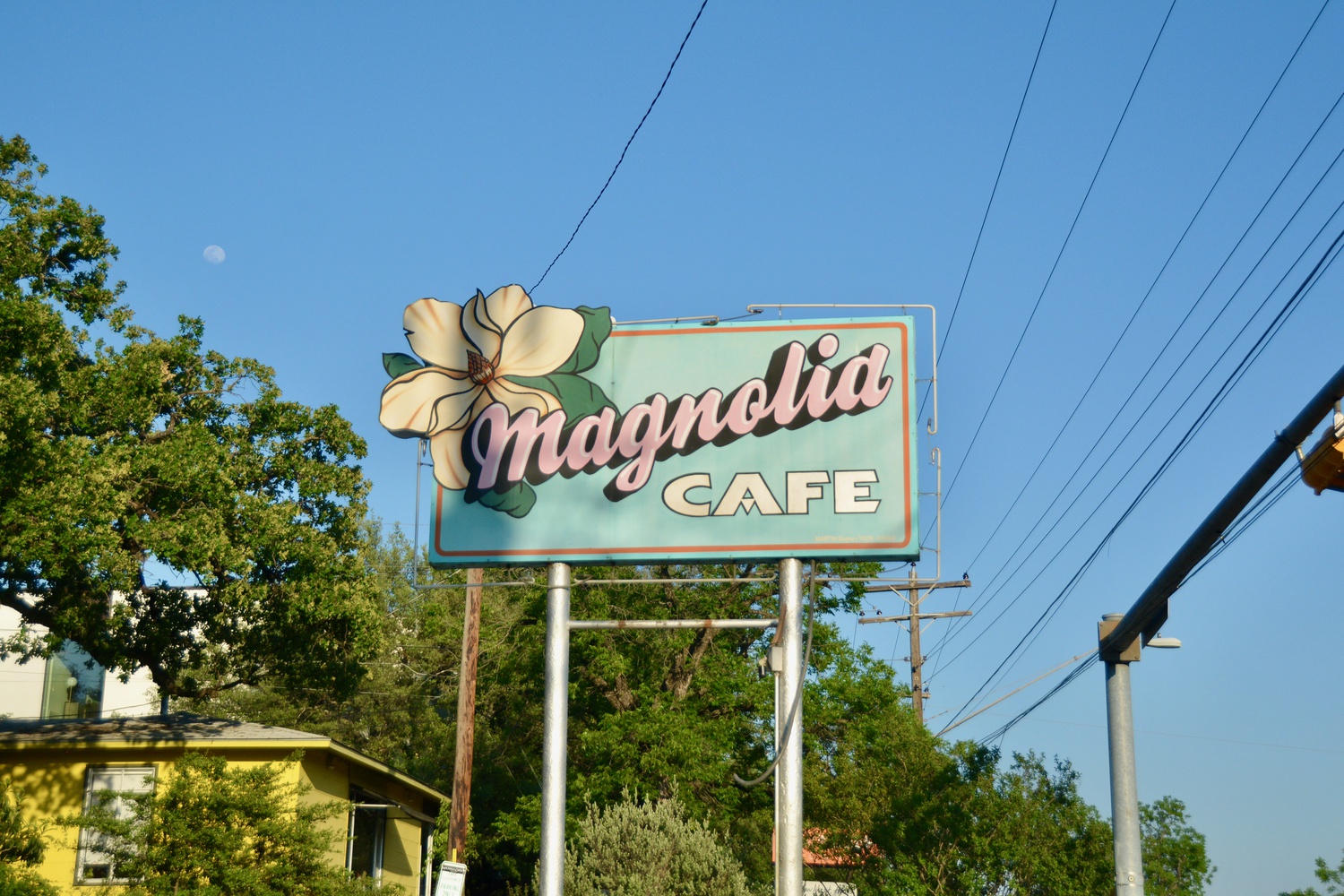
Magnolia Cafe Lake Austin, the beloved restaurant’s original location, is a local favorite that was forced to shut down permanently due to financial troubles. Austin is known for supporting local businesses like Magnolia Cafe. The famous Austin slogan, “Keep Austin Weird” is intended to promote small businesses like Magnolia Cafe, but such businesses faced unprecedented economic interruptions amidst the novel coronavirus pandemic.
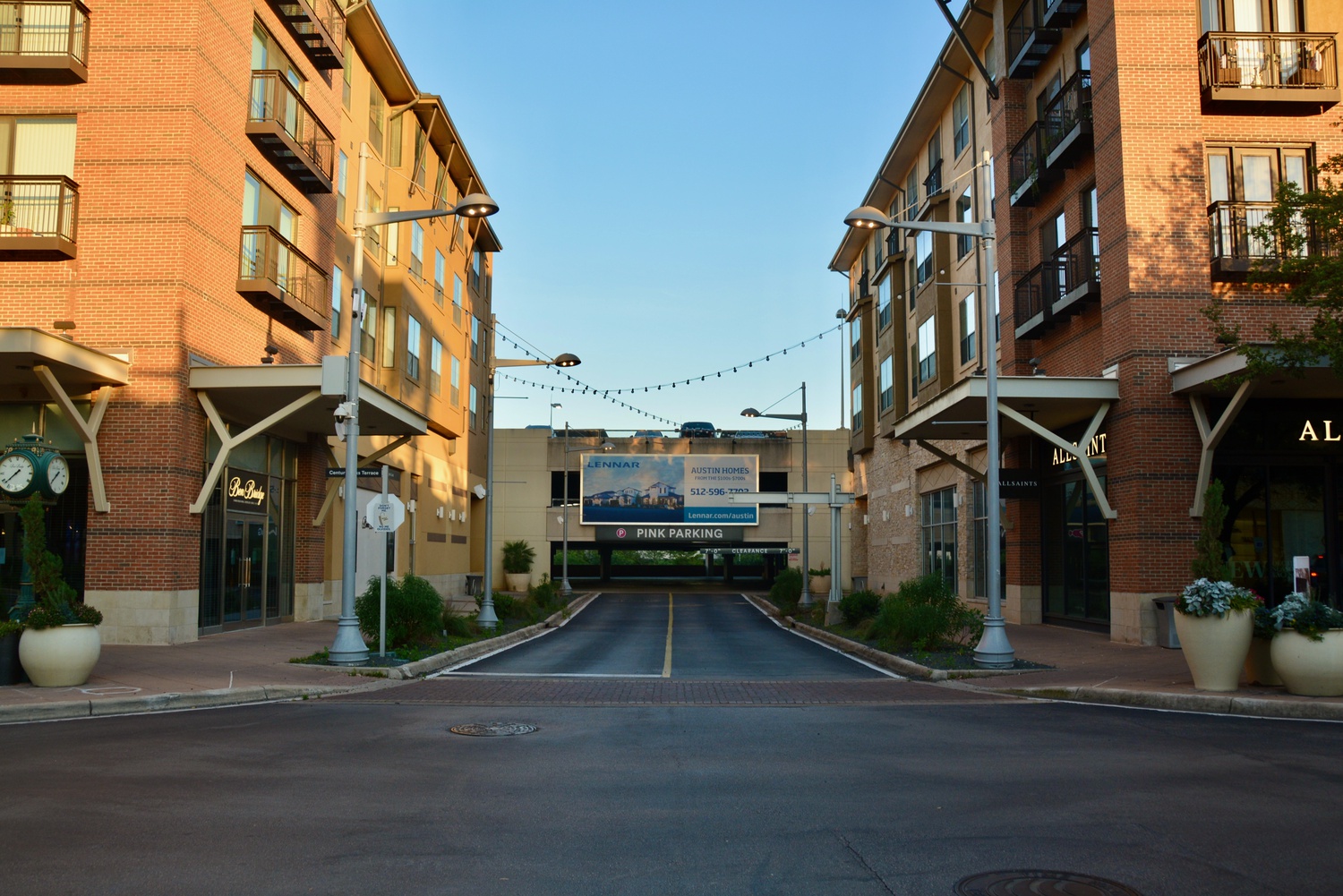
Whereas spots in The Domain parking garage are usually coveted, only the top level was populated with cars, primarily those of residents, during late April.
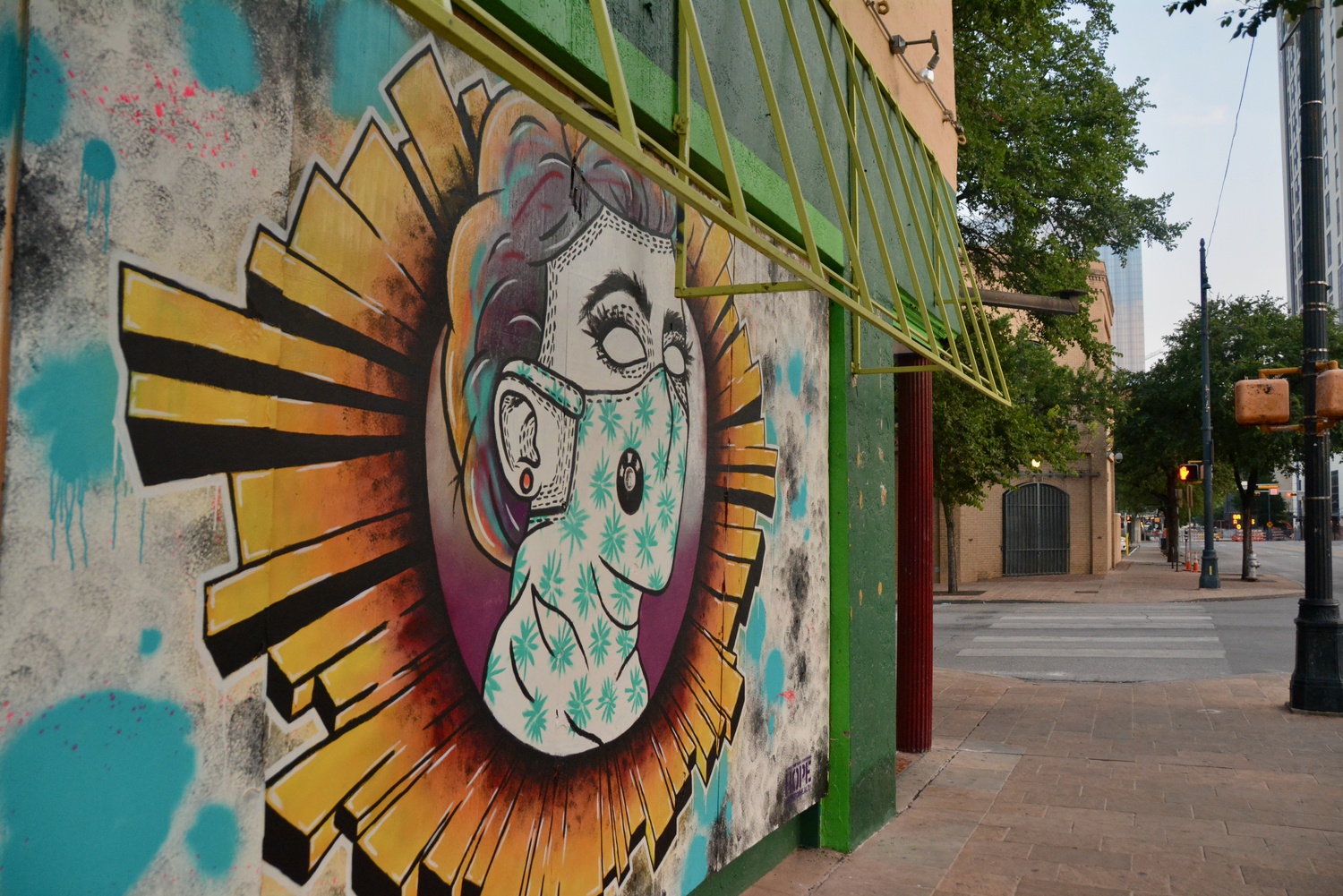
This mural by Lady Paraffin, showing a woman wearing a mask, was also commissioned as part of the HOPE FOR HEALTH Campaign.
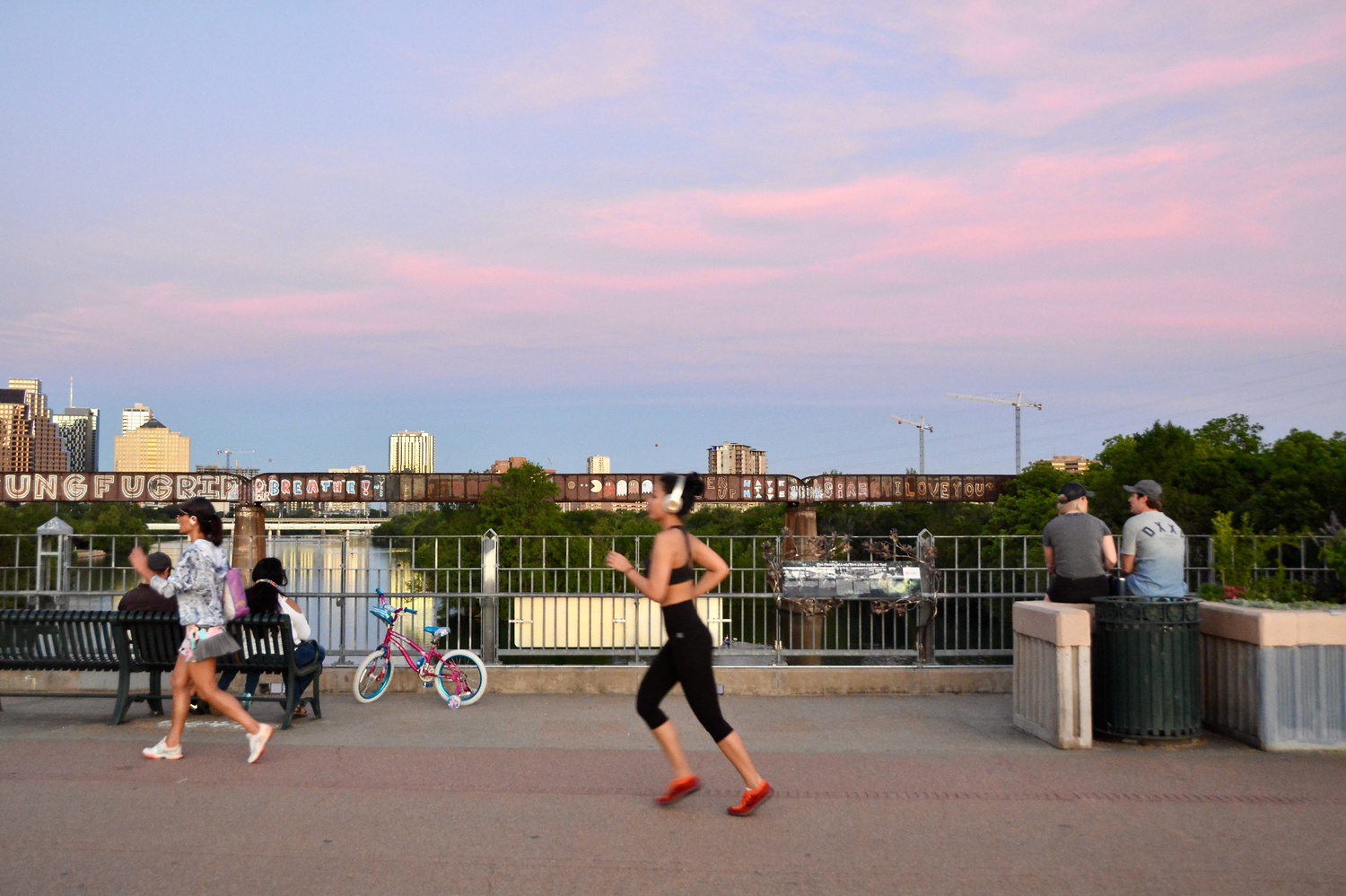
Around sunset, people walking, jogging, biking, or just enjoying the view can be found on the Butler Trail, many without face masks.
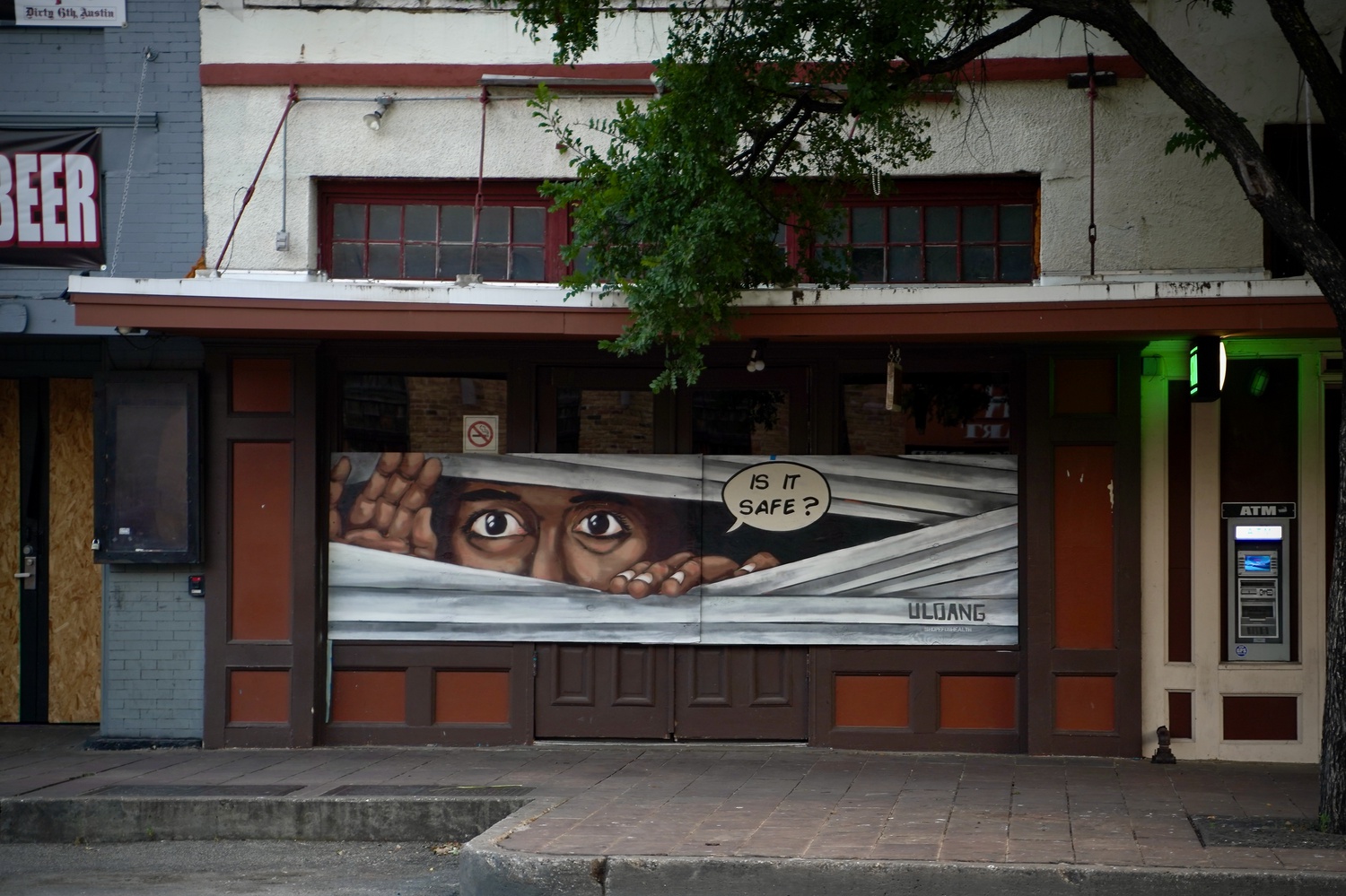
Another HOPE for Health mural, painted by Uloang, covered the Two Bucks bar on Sixth Street and depicted a person looking out and asking, “Is it safe?”
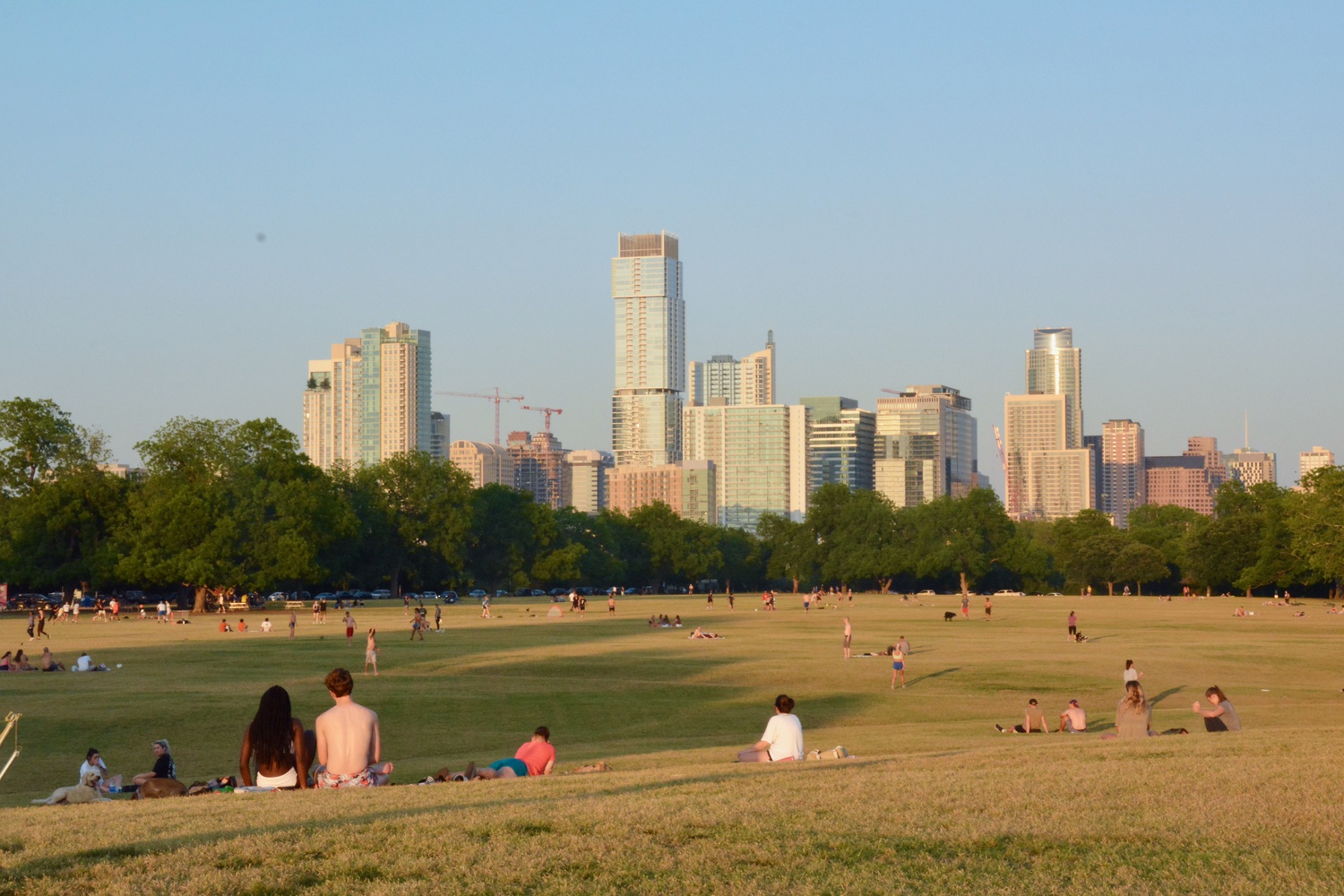
People were scattered across Zilker Metropolitan Park on May 3, just two days after Texas initiated its partial reopening, while still requiring social distancing. In his order, Abbott mandated that “Every person in Texas shall, except where necessary to provide or obtain essential services or reopened services, minimize social gatherings and minimize in-person contact with people who are not in the same household.” However, few park-goers were wearing face coverings, despite recommendations from authorities.
After May 1, Texas continued to phase its reopening, while the City of Austin maintained its stay-at-home orders, with exceptions made for essential and reopened businesses. However, the state’s early reopenings were not without consequence: the number of COVID-19 cases has continued to climb. On June 20, Texas health authorities reported more than 4,400 new COVID-19 patients across its hospitals, the ninth consecutive new high for coronavirus hospitalizations in the state. Following the spike in hospitalizations, the City of Austin extended its “Stay Home, Work Safe” order until August 15, in an effort to slow the spread of cases and hospitalization rates. As America continues reopening, Texas will need more time and care to fully return to “normal.”
